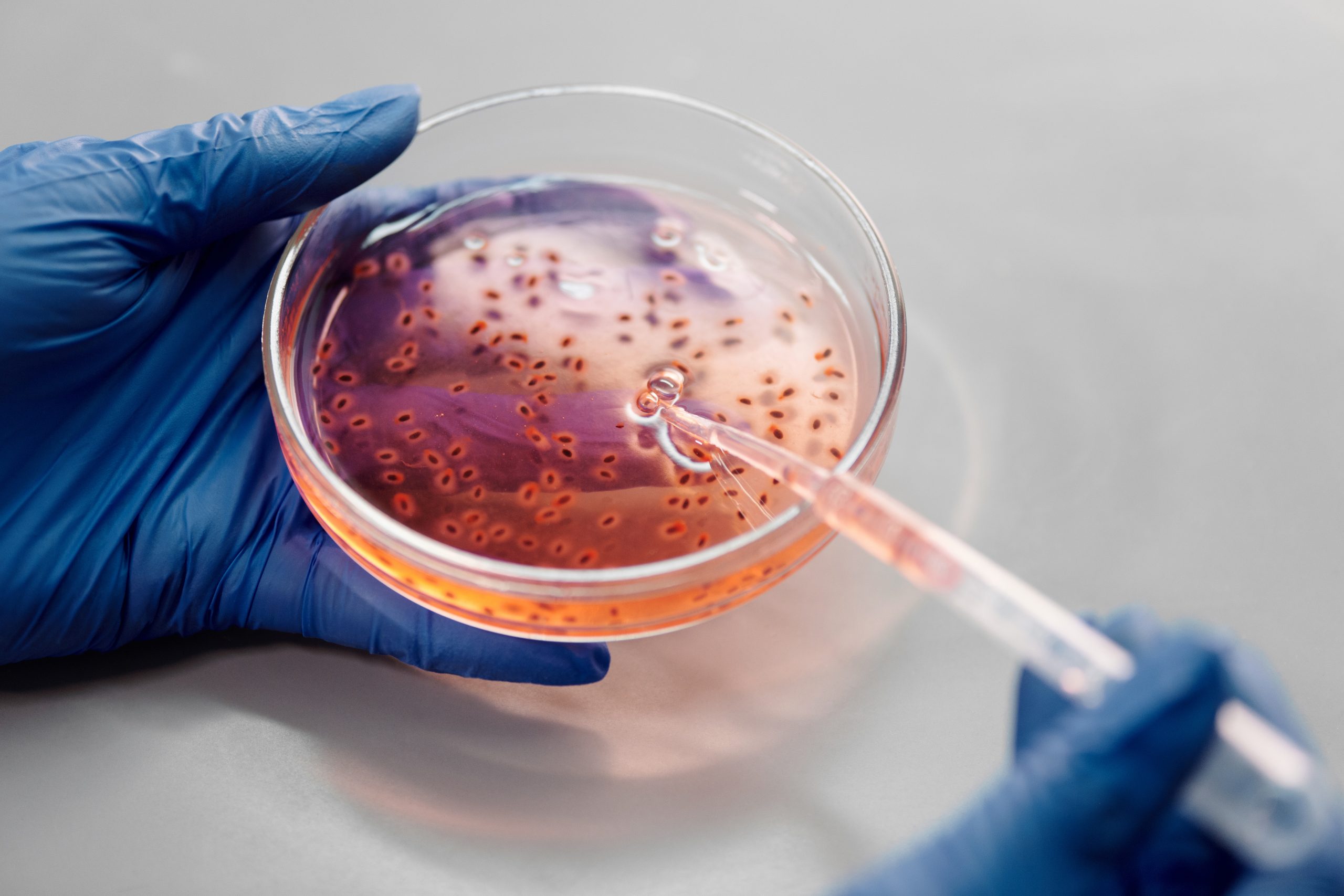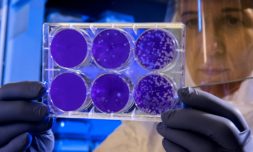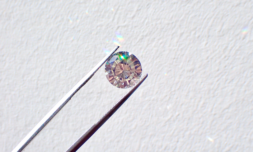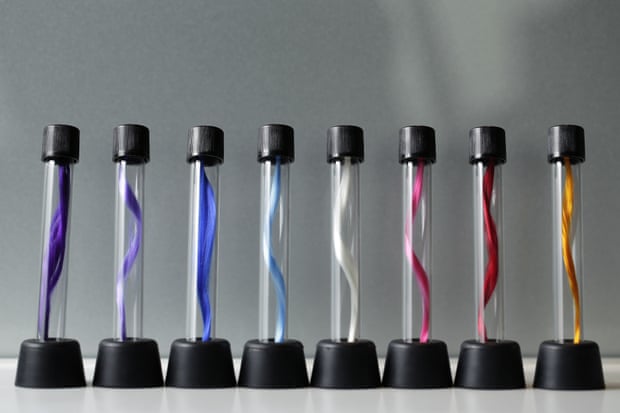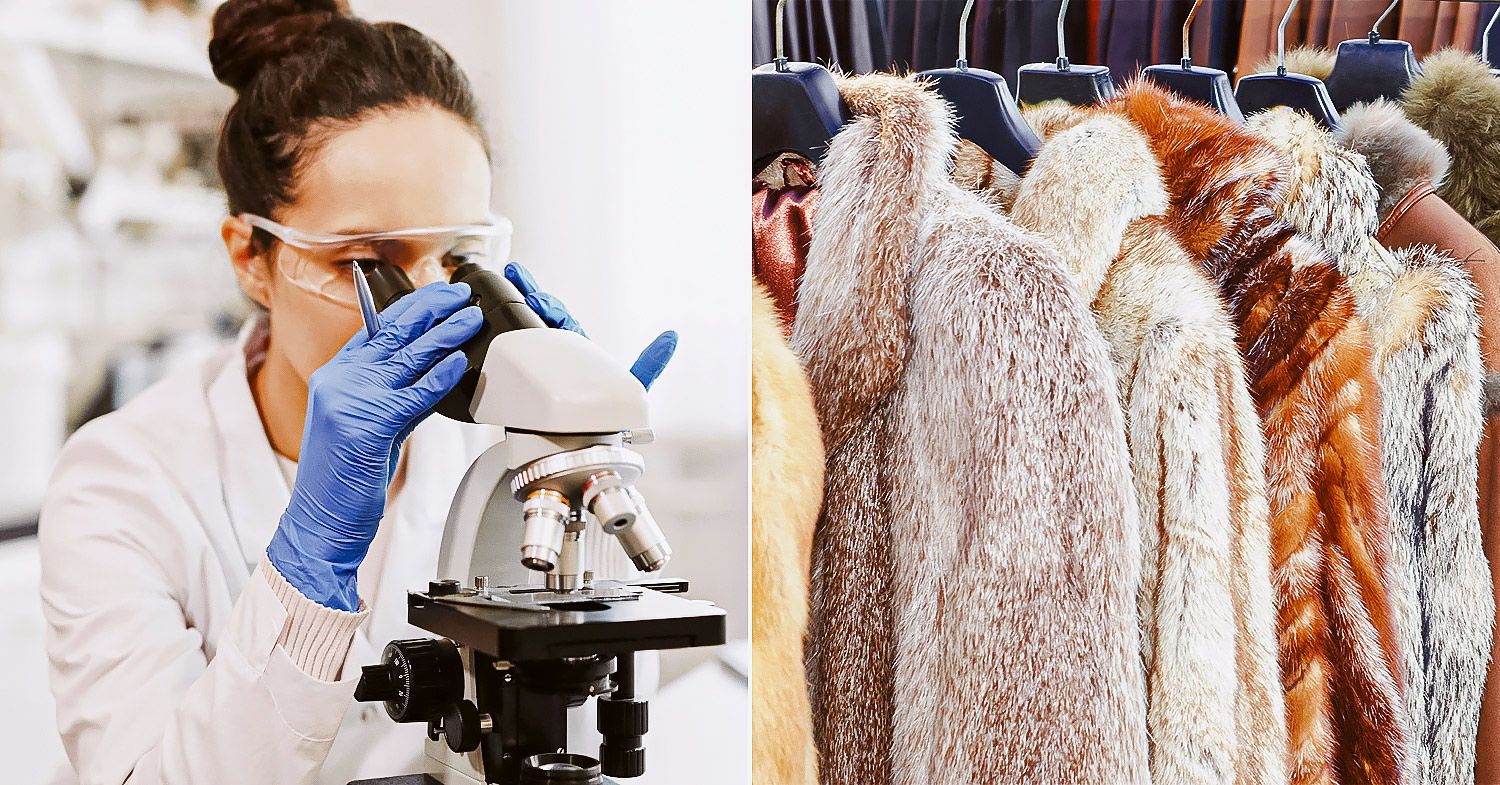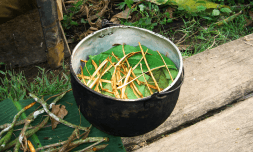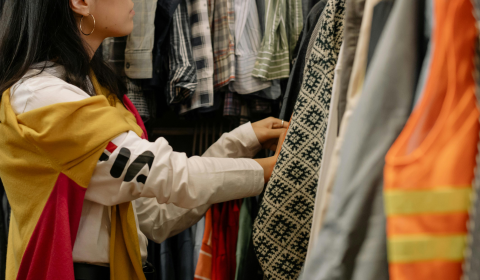To eliminate supply chain risks related to human rights, animal welfare, and biodiversity loss, companies around the world have been developing cleaner sources for raw materials.
In recent years, most attempts to make the fashion production process more environmentally friendly have fallen short.
One that hasn’t, however, is the development of lab-grown biomaterials as an alternative to woven textiles, which poses a viable solution to correcting the industry’s shameful track record regarding ethical and ecological responsibility, all while satiating our voracious appetite for new garms.
But what even are biomaterials? And how are they any better than fabrics derived directly from the Earth?
The basic idea is that clothes are chemically engineered, rather than sewn, cultivated in huge vats under precise conditions – think silk spun from sugar, fur made from keratin, and petri-dish leather.

It’s experimental science that’s still being refined, but if it succeeds at scale, it will significantly reduce the fashion industry’s alarming contribution to global warming.
Take lab-grown leather, for example, which is not to be confused with the many vegan substitutes that are already on the market. Created using cells of animal origin, the ensuing hides share the properties of their naturally occurring counterparts: a combination of fat, protein, breathability, and flexibility that has to date been relatively impossible to replicate using plants or plastic.
So convincing are the end results, in fact, that they’ve caught the attention of a consortium of major brands including Adidas, Lululemon, and Stella McCartney.
Should more labels choose to jump on the bandwagon, we could see a dramatic dip in the carbon footprint of bovine agriculture, which currently contributes an estimated 14.5 per cent of annual CO2 emissions.









